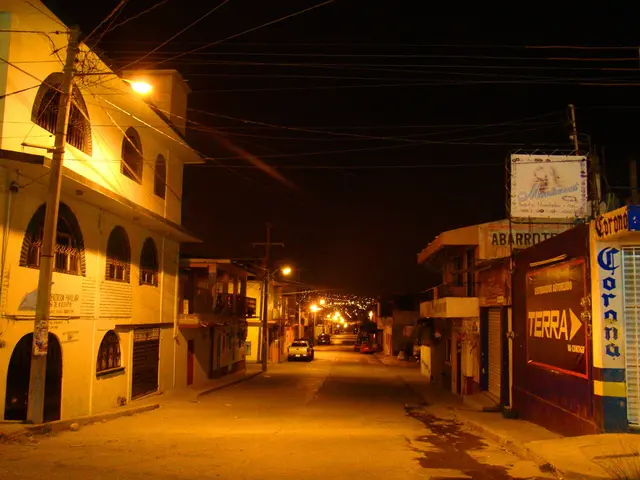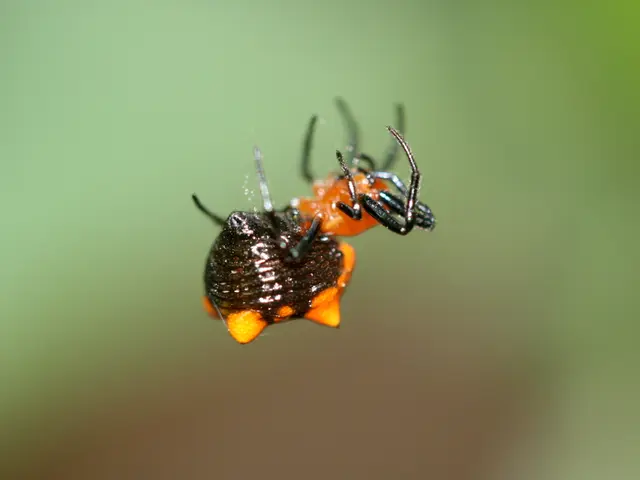River Otter's New Tech Destroys 'Forever Chemicals' PFAS and Generates Green Energy
PFAS contamination, a pressing global issue, has significantly impacted soil and water due to decades of use. Now, a new technology called Radical Initiated Hydrothermal Liquefaction (RI-HTL) offers hope. Developed by River Otter, this process can destroy 'forever chemicals' like PFAS and reduce sludge waste, while generating green energy.
PFAS, or per- and polyfluoroalkyl substances, are a family of chemicals found in consumer goods. They are toxic at low concentrations and linked to various health issues. Traditional methods struggle to destroy these 'forever chemicals', leading to their accumulation in the environment. Sewage sludge is a particular hotspot for PFAS concentration and spread, often ending up in landfills or as fertiliser.
RI-HTL, based on hydrothermal liquefaction, uses a green radical chemical to increase PFAS breakdown. Initial tests removed 99% of 40 known PFAS and converted sewage sludge into crude oil. This not only destroys PFAS but also reduces sludge waste disposal costs by 45-70%. The process reclaims nearly 99% of processed water, providing both environmental and economic benefits. River Otter is currently fundraising to build a large-scale demonstration unit to prove RI-HTL's reliability and performance.
PFAS contamination has been a persistent environmental challenge. River Otter's RI-HTL technology offers a promising solution. By destroying PFAS and converting sludge into crude oil, it reduces waste disposal costs and reclaims processed water. With further development and demonstration, this technology could significantly improve wastewater treatment and minimise PFAS spread.








